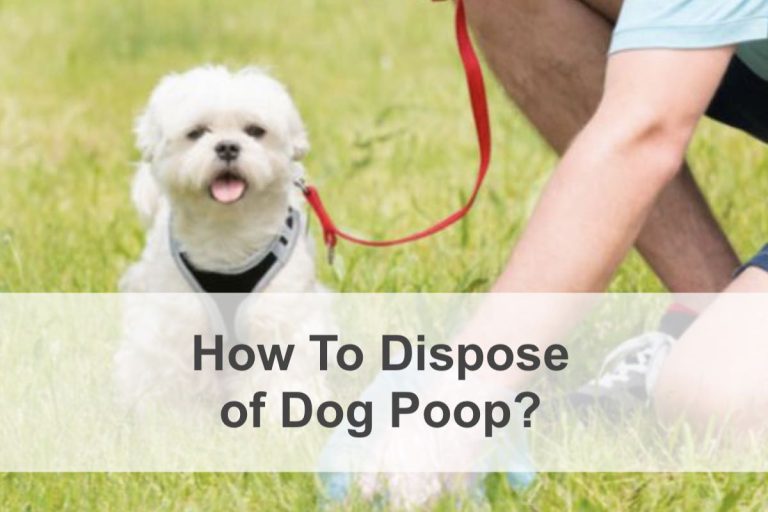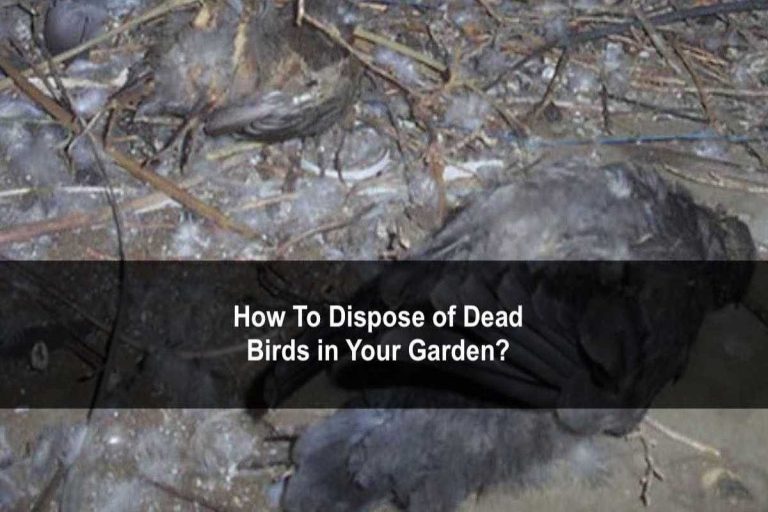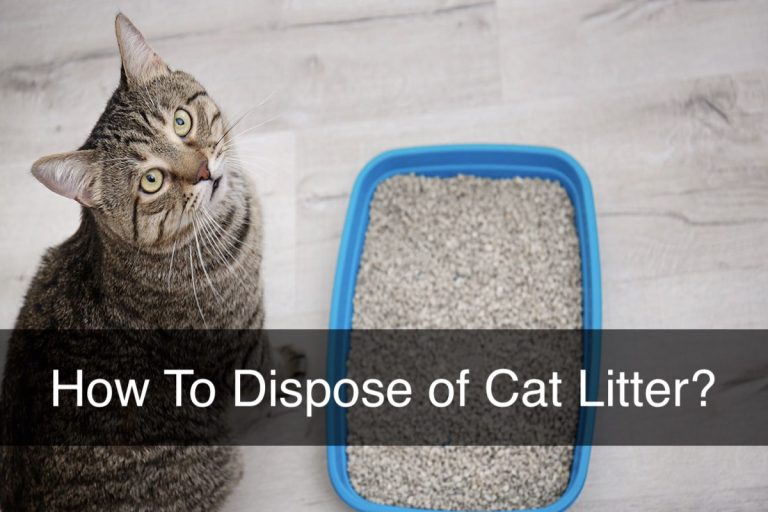How to Dispose of a Dead Cat?
It is not pleasant to lose your pet, or find a dead cat in your backyard. Nearly all local councils will remove dead cats in public areas such as parks, streets, and open spaces.
Most homeowners will bag the dead cat and place it outside their home. The dead animal will be collected by the local council within 24 hours. Keep in mind, however, that local councils don’t bag dead cats or collect unbagged carcasses.
It is important to dispose of a dead cat properly for your own health and the wellbeing of others, especially if there are children at home. We will be sharing some tips with you today to help you get rid of your cat. Continue reading!
Tips to dispose of a dead cat
Dead cat carcasses may carry an array of infectious diseases that can affect your health as well as other animals. These diseases can be transmitted to humans by direct contact with dead cat carcasses.
Tularaemia, for example, is a disease you can contract from coming in contact with a deceased cat. Tularemia can be caused by Francisella tularensis, a bacterium. Tularemia symptoms include chest pain, asthma, inflammation of the lymph glands, cough, and ulcers. It is important to get rid of your cat as soon as possible.
Local councils govern various disposal methods. You should investigate the laws and regulations of your local council regarding dead cat removal. Except for horses and livestock, Aus laws permit the burial of deceased animals in the garden.
Safety First
Protective gloves and clothing are recommended for handling dead cats. You should not touch the dead cat carcass with your fingers. To prevent infection, notify a local disinfectant company if you notice any signs of zoonotic disease.
Bury the Carcass
Burial is the oldest method of disposing of pets in Australia. This method does require careful planning. You should choose the best burial location in your garden. Place the cat’s remains in a plastic bag.
To avoid contaminations and unpleasant odors, make sure to wear gloves made of latex and a HEPA respirator. Make sure that there is no underground water source nearby when you choose a burial location for your cat. This will reduce the chance of water contamination.
You can also use a shovel to bag the cat’s remains if you don’t have time to do so. Another thing to consider is the type of soil. You should ensure that the soil does not contain too much sand. It is generally difficult to bury a dead animal during winter.
Incineration
Research has shown that more than 1.5 million pets, including dogs and cats, die every year. Over 300,000 pets are buried in gardens, 1000 in cemeteries, and more than 100,000 are cremated. Rest of the pets that have died are usually disposed of by incineration. Some pets end up in landfills.







